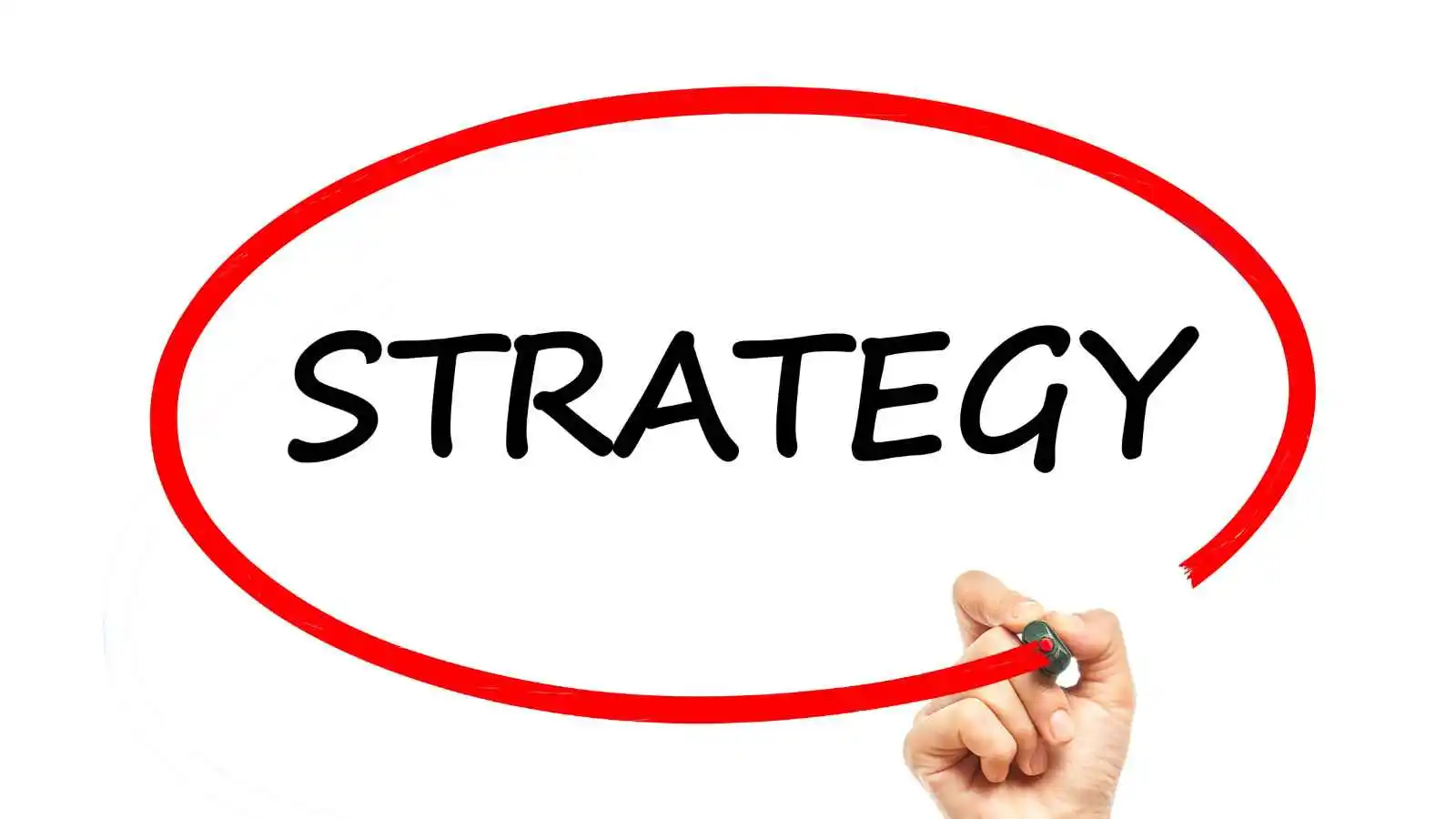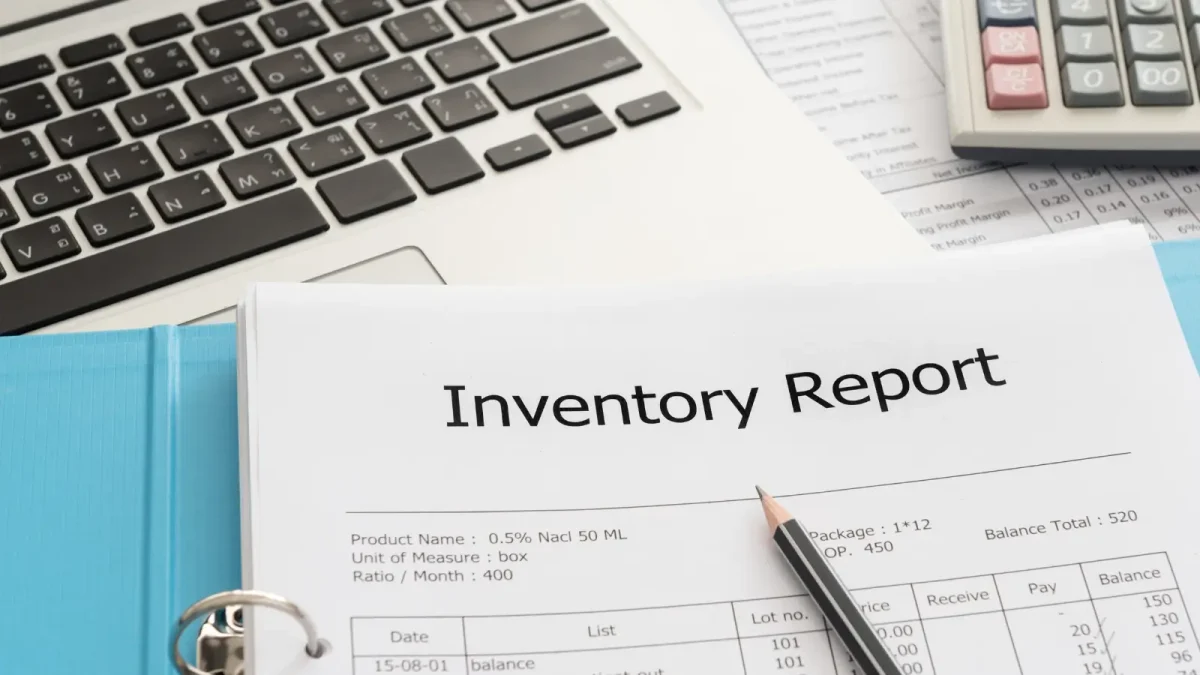AI pricing algorithms: How artificial intelligence is reinventing corporate pricing strategy?

AI algorithms in pricing tools transform pricing by making it more efficient. Companies adjust their prices in real time, based on buying behavior, distribution channels and perceived value. Discover today the levers of intelligent pricing and give a new dimension to your pricing strategy.
Supply chain planning: a key performance driver

Supply chain planning helps to anticipate needs, optimize costs, reduce disruptions and guarantee product availability, while enhancing agility and overall company performance.
Why is supply planning an essential strategic lever for the supply chain?

Faced with frequent stock-outs, costly overstocking and unstable demand, supply planning has become an essential strategic lever for the supply chain. It guarantees a balance between product availability, cost control and operational performance.
Key steps to effective supply chain planning

The key steps to effective supply chain planning help optimize costs, control inventory, ensure product availability and maximize overall performance.
Price image: a strategic lever for perception and performance

Price image is more than just the posted price. It directly influences the way your customers perceive the value, legitimacy and competitiveness of your offer. Properly managed, it becomes a genuine strategic lever for sales performance.
AI and Pricing the duo at the service of intelligent, agile and high-performance pricing

AI transforms pricing into a strategic lever. By combining predictive algorithms and human expertise, it enables us to anticipate demand, optimize margins and adapt prices in real time. The result: more agile, consistent and competitive pricing, aligned with customer-perceived value.
Pricing: definition, issues and mechanisms in a competitive context

Discover what pricing is, understand the strategic issues involved and adopt the best practices for setting your prices, optimizing your margins and boosting your sales.
Why take a price survey of the competition?

To define a pricing strategy, it’s essential to study costs, demand, competition and customer expectations, while aligning pricing with the company’s objectives.
Pricing strategy: essential KPIs for optimizing your pricing

Discover the essential KPIs to optimize your pricing strategy and maximize your retail revenues.
Competitive price survey: How to conduct a competitive price analysis?

Setting attractive prices without squeezing margins is a real challenge in B2C. Ignoring this balance opens the door to competition. Here’s a step-by-step guide: Competitive pricing – how to effectively analyze your competitors’ prices?
The different price alignment policies: A key issue for your pricing

Faced with pressure from comparators, aggressive promotions and the need for transparency, retailers must keep their prices under control. Price alignment is more than just copy: it’s a structured and often automated process, based on intelligence, strategy and technology.
Why adopt a price alignment policy?

In a market where prices are visible and comparable at the click of a button, it’s essential to control your pricing positioning: aligning yourself doesn’t mean copying, but rather developing a methodical strategy that combines competitiveness and profitability.
The role of artificial intelligence in sales forecasting: accuracy, agility and business impact

In a context where purchasing is changing and supply chains are under pressure, sales forecasting is becoming essential. Poorly anticipated demand exposes us to two major risks: stock-outs, which frustrate customers and lead to lost sales, and overstocks, which are a source of costs, depreciation and sometimes destruction.
Tools, software and technologies to support your pricing strategy

In an ultra-competitive, data-driven market, old-fashioned pricing methods (such as Excel or intuition) no longer suffice. To protect margins and adjust prices with agility, it’s essential to rely on powerful pricing tools. Digitizing pricing strategy is no longer a comfort, but a necessity to stay competitive and make effective decisions in a complex environment.
Pricing policy: What is the price alignment strategy?

At a time when every penny counts and consumers can compare prices at the click of a button, price has become an essential strategic lever. In the face of growing pressure on margins, price alignment is the best way to stay competitive without starting a price war. In this article, we explore how to adopt this approach without undermining profitability.
Different pricing strategies

Pricing strategies vary according to objectives: skimming, penetration, alignment, psychological pricing (€9.99)…Each method influences product perception and brand positioning.
Example of pricing strategies for your products

Adopting the right pricing strategy enables you to position your products effectively. Skimming, penetration, alignment, psychological or differentiated pricing: each approach responds to a specific growth objective.
How do you determine your pricing strategy?

To define a pricing strategy, it’s essential to study costs, demand, competition and customer expectations, while aligning pricing with the company’s objectives.
What is a pricing strategy? : Understanding pricing strategy

A pricing strategy is a plan defined by a company to set the price of its products or services. It aims to optimize sales, profitability and market positioning, taking into account costs, competition and customer perception.
Pricing strategy: The essential steps to implement it !

Discover the 7 key steps to an effective pricing strategy. From defining strategic objectives to adapting to market changes, optimize your company’s value.
Maxxing and Optimix join forces to create a leading SaaS player in customer experience, pricing and supply chain.

Optimix Solutions and Maxxing announce their strategic merger, giving birth to a leading SaaS software player, expert in AI-based customer experience, price optimization and supply chain management.
The different methods of inventory and supply management

Discover inventory management methods: FIFO, LIFO, ABC, just-in-time… to better control your flows and optimize your logistics.
Inventory management: why is it crucial to your business?

Inventory management refers to all the practices and processes used to monitor, organize and optimize the flow of goods within a company.
What are the different technologies available for inventory management?

Discover inventory management technologies: RFID, ERP, IoT, automation… For precise, fast and perfectly controlled logistics.
Inventory management challenges and issues

Discover the challenges of stock management: shortages, overstock, rotation, costs… and the key issues for efficient, profitable logistics.
